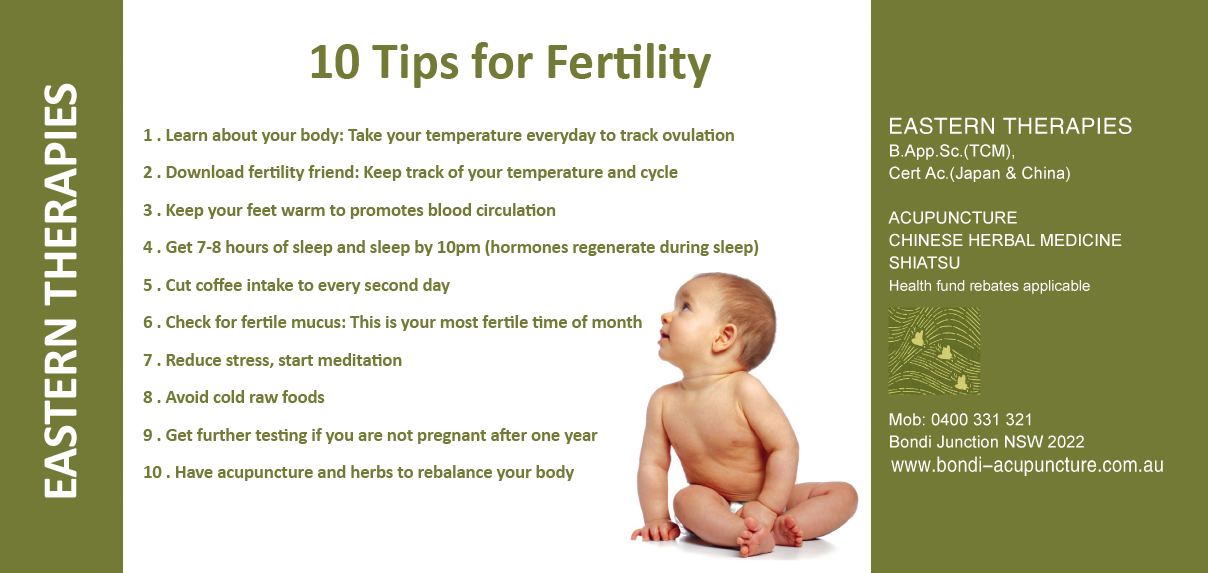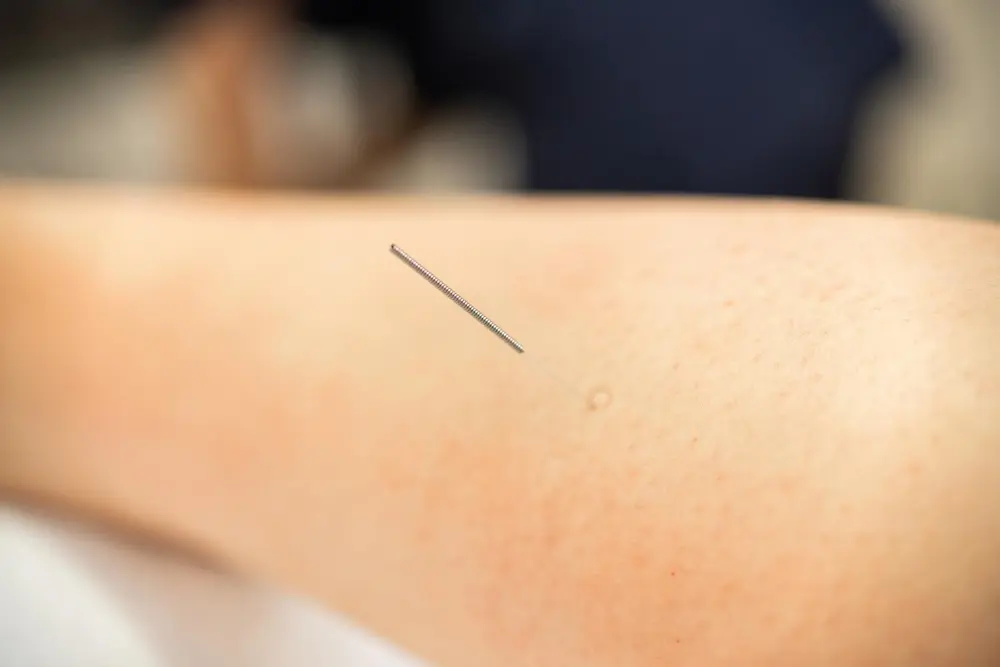When you’ve begun the exciting – but often overwhelming – journey of motherhood, there’s plenty of new things to wrap your head around. One of those things is nursing, as well as learning the feeding habits of your little one.
If your bub is putting on weight and frequently urinating, chances are you’ve got the breastfeeding strategy down pat. But it’s common to have issues where your breast milk production can slow, with many factors acting as triggers. From diet to stress, lifestyle choices and even medications – all of these influences can shift the amount of milk you produce on a daily basis.
Luckily, there are ways you can help your body along in this process, including the use of therapies such as acupuncture, herbal medicine and even professional lactation consultants. Just remember that you are never alone.
What causes slower breast milk production?
Just like all things concerning our bodies, there are a number of factors that alter the amount of milk we can produce regularly. The most common causes include:
- Incorrectly applied nipple shields – these can reduce the amount of milk your baby is able to drink
- Certain medications
- Stressful life events
- Lifestyle choices, events and activities
- Changes in diet
- Exercise and physical activity
- Sleep deprivation or poor-quality sleep
- Hormonal changes – including pregnancy-related hormones.
- Lack of glandular tissue – this is responsible for producing milk
- ‘Dummies – babies may spend less time breastfeeding as a result, which directly leads to less production.
Acupuncture to help increase milk supply
In traditional Chinese medicine (TCM) – to which acupuncture relates to – the root cause of breastfeeding problems is considered connected to a lack of blood, too much blood or fluids becoming blocked in certain points of the body. This results in an imbalance between yin and yang, leading to stagnation and blockages.
Additionally, TCM maintains the school of thought that a mother’s menstrual blood (once used to aid the placenta in birth) is converted into milk when the baby is born. However, chi is needed to do this (energy) and when there’s a lack of this, it can result in a lower milk supply.
In some cases, acupuncture can support increases in milk supply, stimulating circulation and supporting the natural process of removing toxins from the system. It also encourages the flow of Qi throughout the body, helping to promote the healthy functioning of organs and glands.

Acupuncture points that can assist in increases to milk supply
There are a few primary points that therapists will often use. These key areas include:
- SI 1:This location can be found on the outside corner of your pinky nai
- GB 21:Found at the peak of your shoulder, halfway up your spine and shoulder, this point helps to support milk production through
Don’t overlook your health
How your body responds to your diet or overall health is an extremely important part of your breast milk production. If you’re physically well, getting enough sleep and keep up a good relationship with food, chances are you’re not having too many issues with breastfeeding.
However, if you’re feeling out of balance and your body is lacking the attention it needs – including medical – it’s extremely important to seek further help from your regular GP or doctor. Feelings of exhaustion and severe stress all decrease your supply; there’s always help available.
Beyond acupuncture for breast milk production, you can also access support from resources in Australia via the Australian Breastfeeding Association. This helpful network is free to all mums and includes a hotline run by volunteers lactation consultants. Best of all, it’s open 24/7, so you can give them a call on 1800 868 268 at any time of day.





